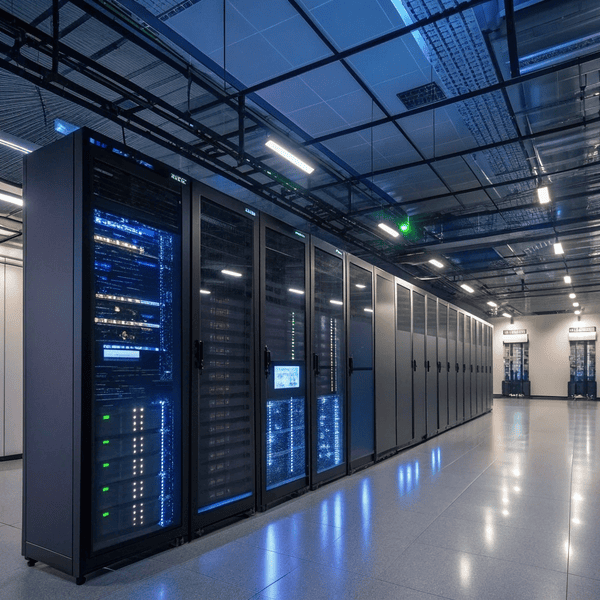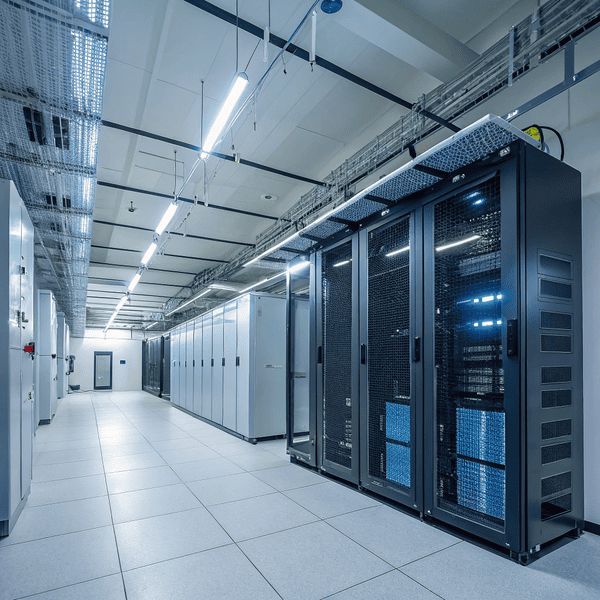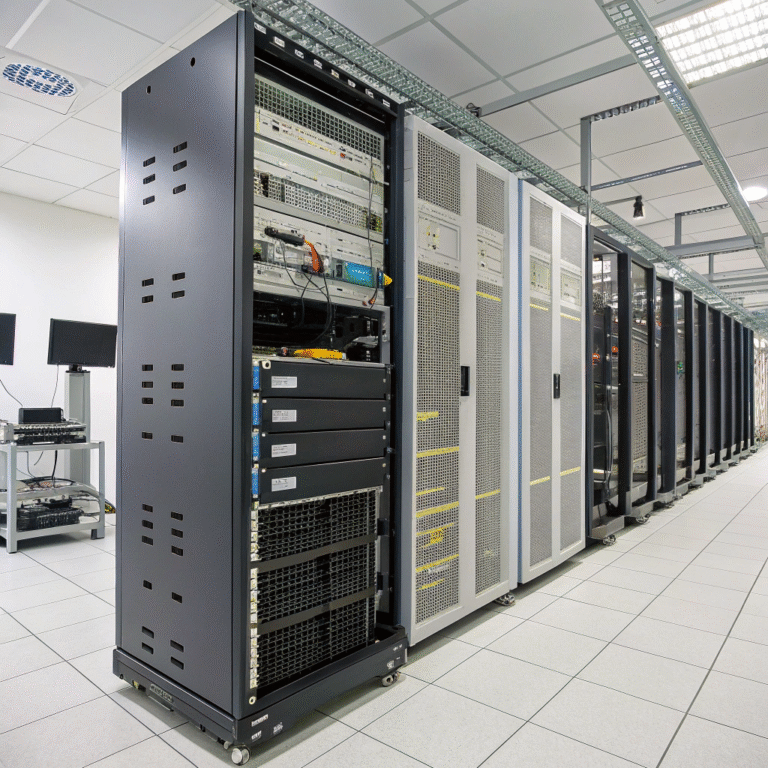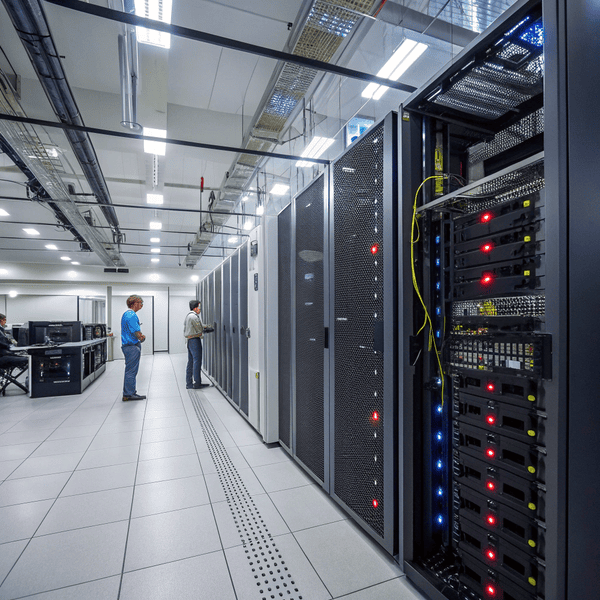Feeling lost in the digital world? Many folks don’t really know what powers their favorite apps and websites.
A data center is a secure building full of computer servers that store, process, and manage large amounts ofA data center[^1] is a secure building full of computer servers that store, process, and manage large amounts of digital data, making online services possible.
[^1]: Understanding data centers is crucial for grasping how online services operate and manage data securely.
, making online services possible.
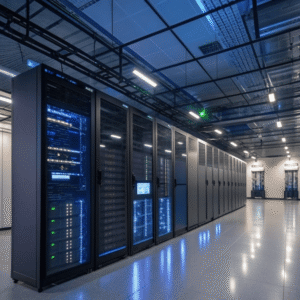
Many people use apps, play games, or work online without thinking about how these tasks are possible. You may not know that these daily actions rely on large facilities, known as data centers, that keep everything running. In this article, I want to break things down, answer your key questions, and help you see why data centers matter. Let’s start with the basics.
What is data center in simple words?
Curious about what a data center really is? Most people just imagine a big room full of computers, but there’s more to it.
A data center is a large, secure place where powerful computers and equipment work together to A data center[^1] is a large, secure place where powerful computers and equipment work together to manage and store data, keeping websites, apps, and businesses running.
[^1]: Understanding data centers is crucial for grasping how data is managed and stored effectively.
, keeping websites, apps, and businesses running.
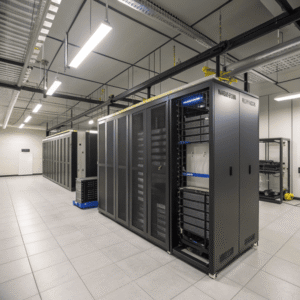
When I first started in the tech industry, I pictured a data center as a giant closet packed with computers. I was surprised to find out just how carefully these places are built. A typical data center is filled with rows of servers, which are computers that are always running. These aren’t just for storing files—these servers also power online games, help process bank transactions, and make sure your emails arrive. Besides computers, you’ll also find cooling systems, battery backups, and tough security systems. The goal? Make sure nothing ever goes offline. There are teams who watch temperature, monitor the servers, and fix things 24/7. Here’s a simple table to compare what people imagine and what’s actually inside:
| People Imagine | Reality Inside a Data Center |
|---|---|
| Just computers | Servers, switches, firewalls |
| Maybe some wires | Miles of cables, power grids |
| Locked doors | Biometric security, cameras |
| Regular AC | Advanced cooling, raised floors |
Each piece works to keep your digital life safe and uninterrupted. When you check your bank balance or stream music, you are using data centers without even realizing it.
How do data centers make money?
Ever wonder how these massive facilities actually turn a profit? It’s not just about owning a building with a lot of computers.
Data centers make money by renting out theirData centers make money by renting out their server space[^1], power, and network connections to businesses and tech companies that need to store and process data.
[^1]: Exploring this link will provide insights into how renting server space can enhance business efficiency and reduce costs.
, power, and network connections to businesses and tech companies that need to store and process data.
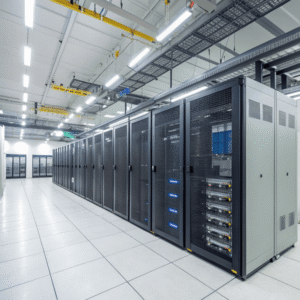
I learned quickly that building a data center costs a fortune. The trick is finding ways to earn that money back. Most data centers don’t just serve one company—they rent out slices of their space to lots of different customers. Some clients need just a single server, while global companies might rent entire rooms. These customers pay for space, electricity, internet bandwidth, and extra features like backup systems or special fire protection. There are also “cloud” companies like Amazon or Google that buy up huge parts of a data center, then resell this capacity through their cloud services. Here is a breakdown in table form:
| Revenue Source | Example Service |
|---|---|
| Colocation Leasing | Companies rent rack space |
| Cloud Services | On-demand computing resources |
| Network Services | Extra, faster web connections |
| Managed Services | Security, monitoring, backups |
These services all add up. For every website, app, or video you use, the companies behind them are paying a data center to keep things reliable, safe, and online.
Who has the biggest data center in the world?
Is there a record-holder for the world’s largest data center? Yes, and it’s impressive.
The biggestThe biggest data center in the world is China Telecom’s Inner Mongolia Information Park[^1], covering over 1 million square meters and housing countless servers for cloud, business, and governmental needs.
[^1]: Discover the scale and capabilities of the largest data center, which plays a crucial role in global cloud and business services.
in the world is China Telecom’s Inner Mongolia Information Park, covering over 1 million square meters and housing countless servers for cloud, business, and governmental needs.
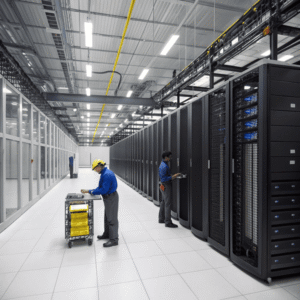
When people think about size, they usually imagine football fields. Now picture hundreds of football fields—indoors—packed with servers. The Inner Mongolia Information Park in China is massive. It was built to handle the growing demand for cloud computing and data storage in Asia. This site doesn’t just serve companies; it’s also important for cities and national operations. The location in Inner Mongolia is no accident—it’s cold there, so cooling is easier and cheaper. Other top contenders for largest data center include facilities built by Google and Microsoft, but none match this giant in sheer floor space. Here’s how some of the world’s biggest centers compare:
| Data Center Name | Location | Size (Approx.) |
|---|---|---|
| Inner Mongolia Information Park | China | 1 million+ sq meters |
| The Citadel | Nevada, USA | 670,000 sq meters |
| Lakeside Technology Center | Illinois, USA | 93,000 sq meters |
| Dugu Data Center | Langfang, China | 600,000 sq meters |
The scale shows how important digital infrastructure has become to modern economies and everyday life.
Conclusion
Data centers are the backbone of our digital lives, storing and processing the information we use every day while making money by renting space and services.

